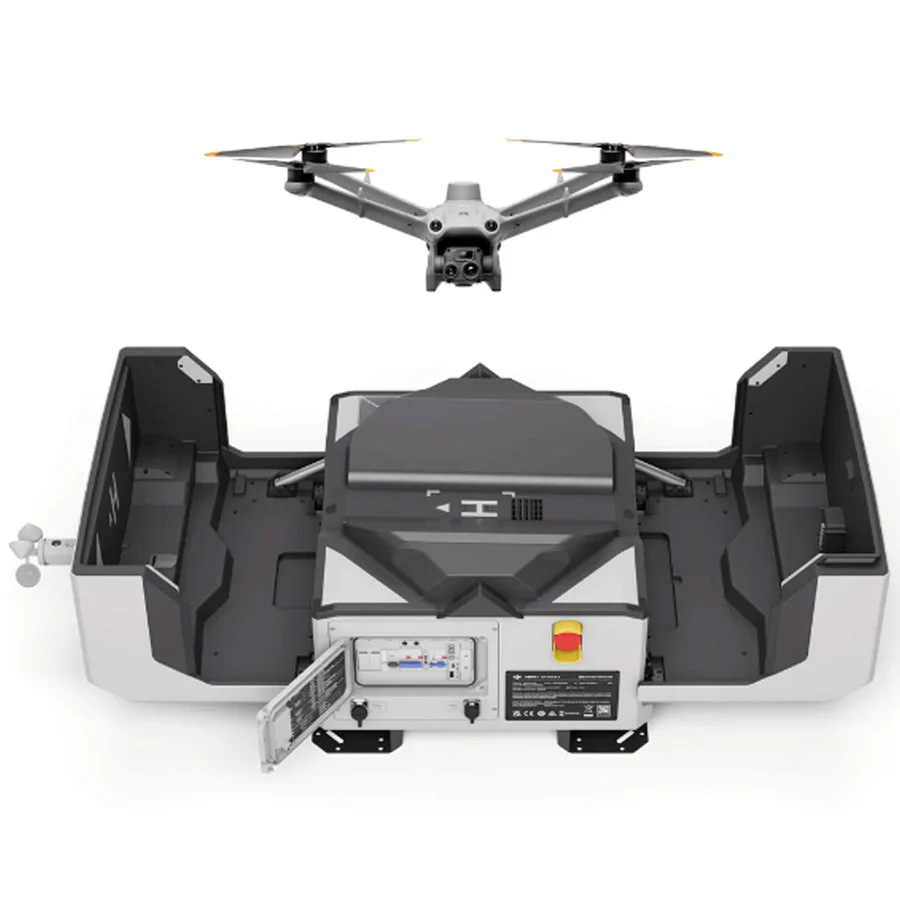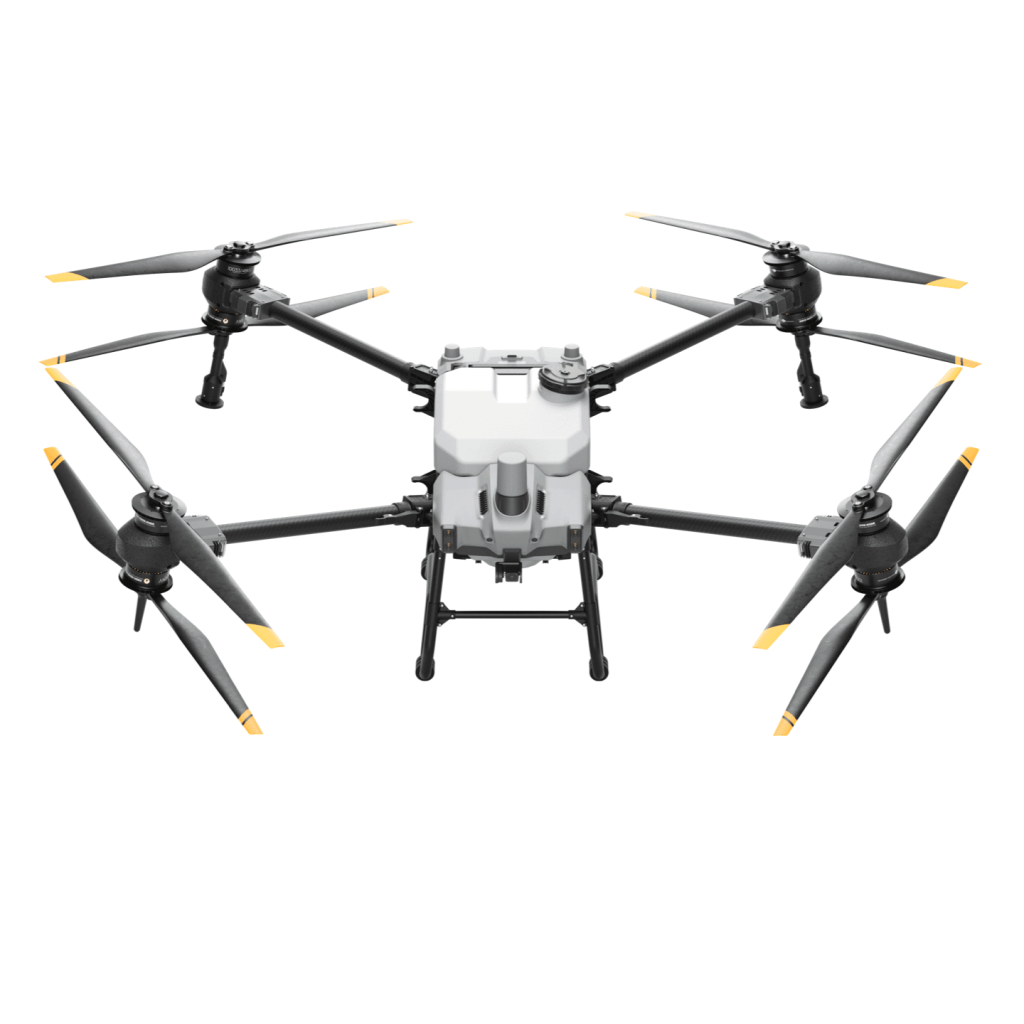Most drones are used for taking aerial photos and videos. It is therefore useful to know the quality in which the drone can photograph and record. In this blog, we will discuss the camera specifications of drones.
Photo resolution of a drone camera
Photo resolution is given in MP (million pixels). The more MP a photo has, the more detailed and clear the image is. Most drones have high-quality photo resolution.
Low resolution (up to 1MP)
Low resolution images are files up to 1MP. Images up to this size contain little detail and are not suitable for printing or editing.
Medium resolution (1MP to 5MP)
Medium resolution images range in quality from 1MP to 5MP. They offer more sharpness than low-resolution images, but still don’t have a lot of detail. Images of this size are already suitable for social media posts.
High resolution (5MP to 20MP)
High-quality images have a resolution between 5MP and 20MP. Images of this quality offer detail and sharpness. They are suitable for printing, editing or publishing online.
Ultra high resolution (UHD) (over 20MP)
Excellent quality images have a resolution of over 20MP. With this quality, the images have incredible detail. Images of this quality are suitable for creative editing and detailed printing in large format.

Video resolution of a drone camera
Video resolution consists of two parts: image resolution and number of frames per second. Image resolution indicates the number of horizontal and vertical pixels. The more pixels the images contain, the sharper the images are and the more detail you see. Fps (Frames per second) is the number of images captured per second. The more images recorded per second, the smoother the video will be.
Image resolution
720p (HD Ready)
720p refers to a resolution of 1280 x 720 pixels. This offers fairly sharp image quality, especially on smaller screens. The quality of 720p is visibly inferior to higher video resolutions.
1080p (Full HD)
1080p has a resolution of 1920 x 1080 pixels, also known as Full HD. It offers sharper image quality than 720p. On social media, this is enough to share anything.
4K (Ultra HD)
4K, also known as Ultra HD, has a resolution of 3840 x 2160 pixels. This offers significantly higher image quality than 1080p, with four times as many pixels. The images are taken in great detail. It is a standard resolution for drones.
5K
5K has a resolution of 5120 x 2880 pixels. It offers even higher image quality than 4K. It offers extremely sharp and detailed images. 5K is particularly suitable for editing video material without any loss of quality.
frames per second
15 frames per second
At 15 frames per second, the images quickly become jerky and are only suitable for still images, for example when recording a landscape without movement.
30 frames per second
30fps is suitable for filming images with quiet movements. Minimum frame rate for live streams.
60 frames per second
60 frames per second allows you to capture the smoothest footage and is therefore most commonly used for drone footage with a lot of movement.
120 frames per second
At 120 frames per second, the images are very smooth. You can take quick shots with your drone without losing quality. The images can also be slowed down.
240 frames per second
240fps is mainly used for super slowing down images and creating slow motion videos.
Camera resolutions of the different drones
Three popular drones from DJI are: DJI Mini 4 Pro, DJI Air 3 and the DJI Mavic 3 Pro. The table below shows the resolution at which these drones can photograph and record.
The information below refers to the main camera of the drone. The DJI Air 3 and DJI Mavic 3 Pro also have zoom camera(s).
|
|
DJI Mini 4 Pro |
DJI Air 3 |
DJI Mavic 3 Pro |
|
Photo resolution |
12MP/48MP |
12MP/48MP |
20MP |
|
Video resolution |
4K/100fps |
4K/100fps |
5.1K/50fps |
We can therefore recommend these drones.
Where can I take drone footage?
It is not allowed to fly a drone and take pictures everywhere. There are a number of drone rules that you must follow as a drone pilot. Find out more about drone rules in Europe here: Drone rules 2024.






